New IIHS Ratings to Push Adaptive Headlights Into the Spotlight

Adaptive headlights are set to be the next technology that sees widespread adoption thanks to new safety ratings.
The Insurance Institute for Highway Safety (IIHS) is developing a system for evaluating headlight performance which will require vehicles to receive a ‘good’ rating to be considered a Top Safety Pick Plus, the IIHS’s top safety rating.
Initial results from these new headlight tests are due out next year, while they will be incorporated into the Top Safety Pick Plus rating as early as 2017.
Of all the new headlight technologies hitting the market, it is adaptive headlights, which use steering input, cameras and electric motors to match the direction of the car, that are making the biggest impact. “We’ve studied all of these different innovations to the extent we’re able, and the strongest signal we get back from the data is that the steerable headlights are associated with the largest reductions of crashes reported to insurers,” David Zuby, IIHS chief research officer told Automotive News.
SEE ALSO: Audi Laser Headlights Headed to Production
The ratings will also look at new types of lights, such as LEDs and HIDs, along with other technologies like auto-dimming high beams.
Adaptive headlights have been available for quite a long time on luxury cars, but the IIHS wants to see this technology in all ends of the market. “We’ve talked to some automakers who are looking at lighting systems that they weren’t planning on doing for several years … but they’re now looking at accelerating the availability of that technology,” said Zuby.
Last year, the IIHS introduced a rating system for frontal collision warning systems which must score at least an advanced rating for the car to be considered for the Top Safety Pick Plus moniker. Since this introduction, front crash systems have started to become available on more affordable cars as automakers push for top safety ratings on every model.
“Everybody is racing to add this technology to their cars,” Orth Hedrick, vice president of product planning at Kia Motors America told Automotive News. “They are upping the ante at the IIHS, and it puts a lot of pressure on the industry to chase a moving target.”
[Source: Automotive News]

Stephen covers all of the day-to-day events of the industry as the News Editor at AutoGuide, along with being the AG truck expert. His truck knowledge comes from working long days on the woodlot with pickups and driving straight trucks professionally. When not at his desk, Steve can be found playing his bass or riding his snowmobile or Sea-Doo. Find Stephen on <A title="@Selmer07 on Twitter" href="http://www.twitter.com/selmer07">Twitter</A> and <A title="Stephen on Google+" href="http://plus.google.com/117833131531784822251?rel=author">Google+</A>
More by Stephen Elmer

















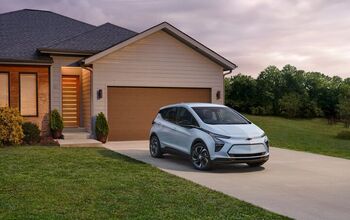
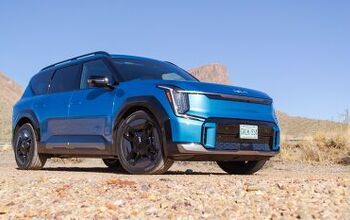
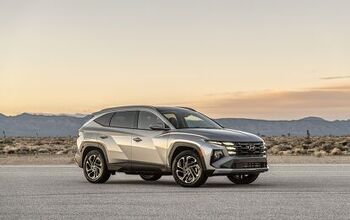

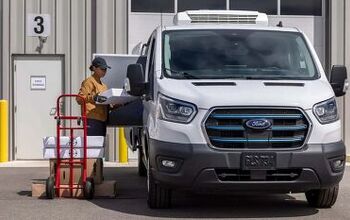

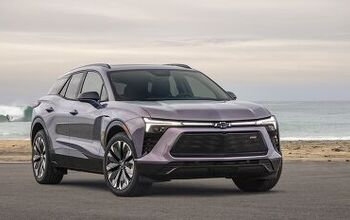



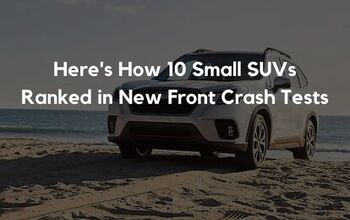
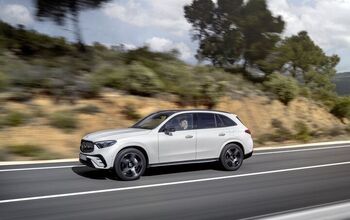


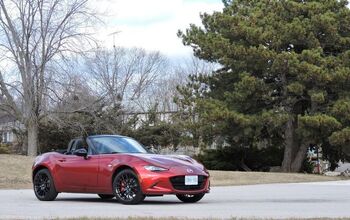
Comments
Join the conversation
My Volvo V60 has both the adaptive headlights (not only do they bend for turns but they also do auto high/low beams) and the adaptive cruise control/auto brake for cars and pedestrians (under 31 mph for peds). While I definitely notice and like the adaptive headlights, intuitively I have to believe the auto braking & adaptive cruise control are, dollar for dollar, more effective at preventing accidents and injuries.
I think the IIHS is mistaking the excuse "I didn't see him" with the headlights not illuminating him. I also think the trend of thicker A pillars (for rollover safety) is more of a problem while turning than not having steerable headlights.